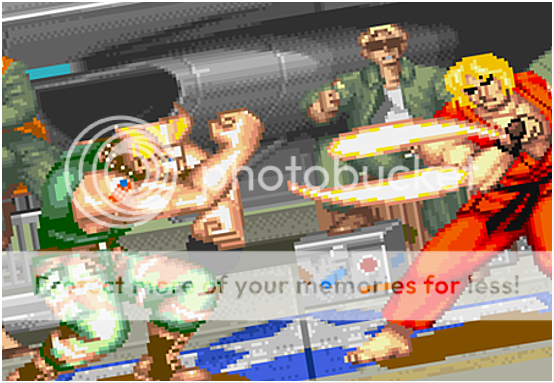"And for the length of one hour and thirty, the dullards and their ilk shall stare and drool into their uneconomical popped niblets as colorful moving likenesses of giant animated 'rowe-bots' strike and slap each other. No discernible purpose shall be evident in these goings-on."
I really tried to like Transformers: The Movie. I really did. I sort of get the appeal — the multitude of colorful characters, the bright animation, the synth Vince DiCola score. I guess maybe it works on some strange pop cultural level, if you're being generous. Still, it's a mess. A hot mess, maybe, but still a mess.
The visuals are leagues beyond what the Saturday morning cartoon ever managed to muster, benefit of a greater budget and a longer production schedule, but there isn't much more that actually stands the test of time. It's pretty easy to see the film was destined to be a cult hit (that is, horrendously unprofitable in every way), because without an affinity for these characters or the tiny toys they spawned, there's little to appeal to a broad audience.

But they tried. Transformers: The Movie is crammed with guest stars. Listed among the cast are Judd Nelson as Hot Rod, Leonard Nimoy as the evil Galvatron, Robert Stack as Ultra Magnus, and Eric Idle as Wreck-Gar. Tales of a near-death Orson Welles in the recording booth are the stuff of legend; his stint as the planet-devouring villain Unicron would end up being his last movie role, one he made no bones about disliking.
About the film, the New York Times said pretty much exactly what I just did, but with a certain degree of clout and authority that you just can't pull off unless you're, well, writing for the New York Times: "While all this action may captivate young children, the animation is not spectacular enough to dazzle adults, and the Transformers have few truly human elements to lure parents along, even when their voices are supplied by well-known actors."
But anyway.
It's 1985. You're making a movie. Aside from Judd Nelson and a boatload of tag-along toy merchandise, how else do you bring in the coveted 18-to-34 demographic?

Rock music. Lots and lots of rock music. During dialogue exchanges, during action scenes; whenever there's a lull in the Vince DiCola synths, cram a hard-rock scorcher into the cut and crank the bass. And, of course, no '80s movie desperately clawing for a piece of your box office dollar would be complete without a radio-friendly pop anthem to inject a little crossover appeal. Something along the lines of The Karate Kid's "You're the Best," or Kickboxer's "Never Surrender."
Enter: "The Touch"!
A veritable soundtrack stalwart, Stan Bush was the go-to guy for a lot of studios searching for some feel-good rock to pad out their movie montages. Never mind the fact that all of his songs sounded exactly the same — drum machines accompanied by some combination of the words "heart," "will," "glory," and "hero" — his output was nice and generic at a time when studios were eager to hop on the mass-market gravy train.

And, really, what's wrong with that, in moderation? Out of the wonton soup of commonality comes the tiny minced pork nuggets of honest-to-goodness artistic expression. That's how it works; that's how it's always worked.
Does Stan Bush's "The Touch" reach that pinnacle? You be the judge.




































